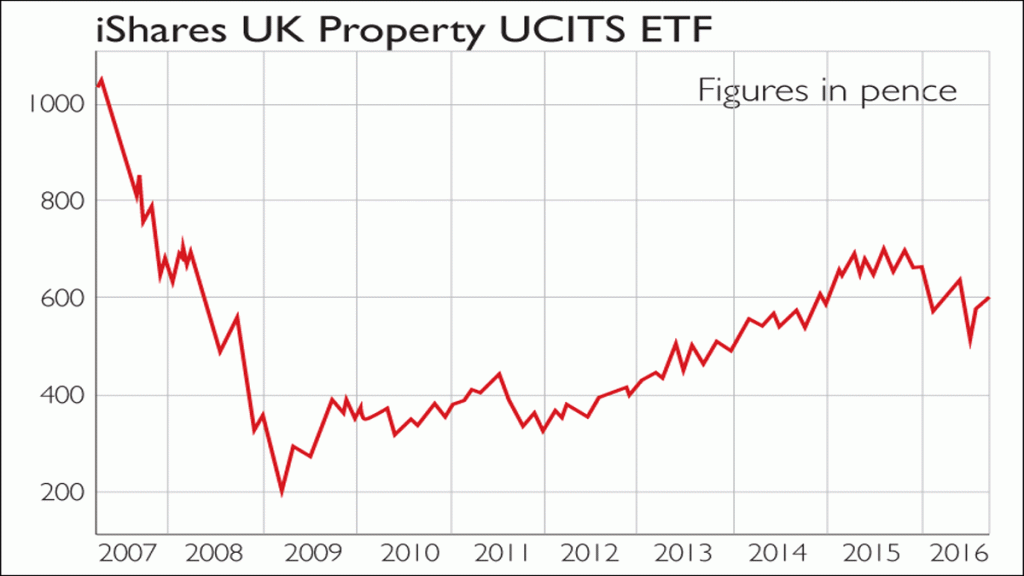
The suspension of trading in many open-ended property funds in the aftermath of the EU referendum result was a stark demonstration of the problems of using this type of fund for real-estate investments. The illiquid nature of property means that if a lot of investors want to withdraw their money in hurry, the fund won’t be able to raise cash quickly enough to meet their redemption requests, so the fund either needs to close or impose a heavy withdrawal penalty.
That’s why MoneyWeek prefers listed funds for real-estate investment: because these are traded on the stock exchange, you can buy or sell whenever you choose. You may not get a good price if you want to sell during a panic, but you still have the option to do so.
Most listed UK property funds are structured as real-estate investment trusts (Reits). A Reit is a company that owns and often operates income-producing real estate, such as office buildings or shopping centres. Reits are required to pay out at least 90% of their income to shareholders, hence their popularity with income-seeking investors. They enjoy a special tax status that means they pay no corporation tax on qualifying rental income and capital gains.
Reits pay dividends in the form of a “property income distribution (PID)”, which is paid after deduction of withholding tax at a rate of 20%. This tax can be avoided if the Reit is held within an individual savings account (Isa) or a self-invested personal pension (Sipp), when your stockbroker should either pay the PID gross of tax or reclaim it subsequently.
UK property is certainly not exceptionally cheap at present, but the FTSE EPRA/Nareit UK index of Reits trades on a yield of 3.35%, in line with its ten-year average. You can buy individual Reits, which can allow you to pick specific sectors of the commercial property market in which to invest, but you can also invest in a basket of UK Reits through the iShares UK Property exchange-traded fund (LSE: IUKP – see chart above), which tracks the FTSE EPRA/Nareit UK index.
This ETF is quite concentrated in a small number of Reits – the two largest investments, Land Securities and British Land – together account for about 30% of its holdings. And the underlying holdings are biased towards London commercial property. However, it offers a simple way to invest in this asset class.